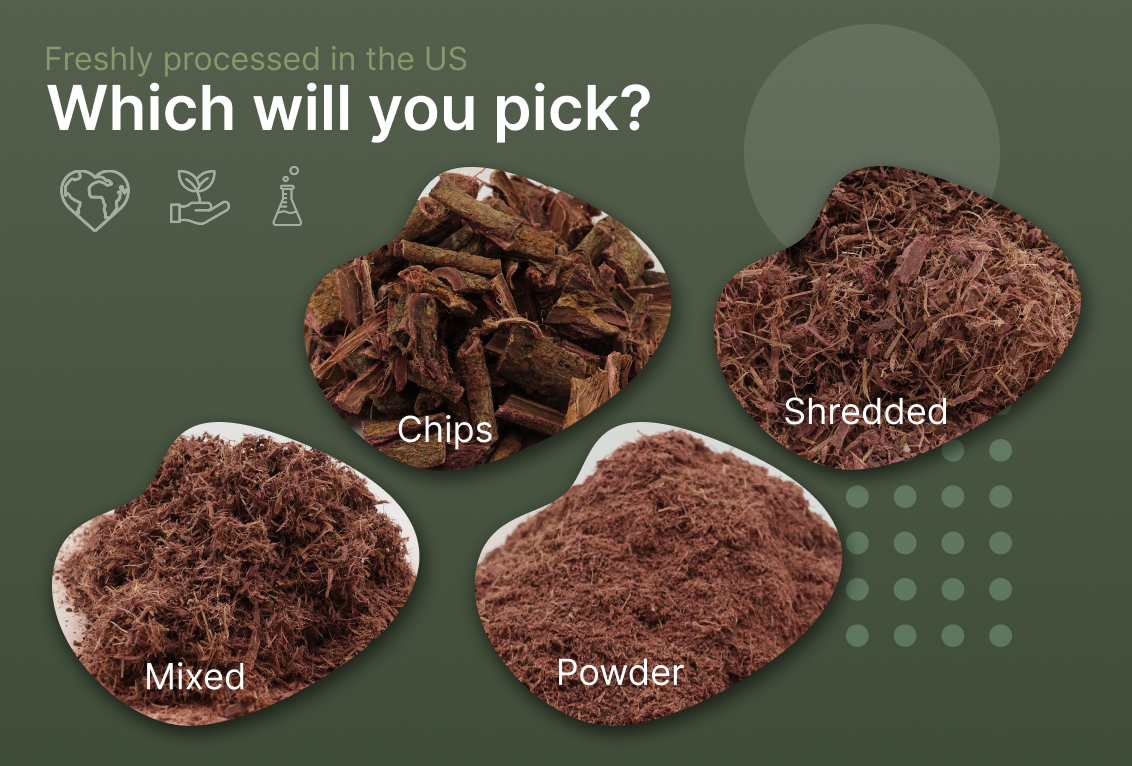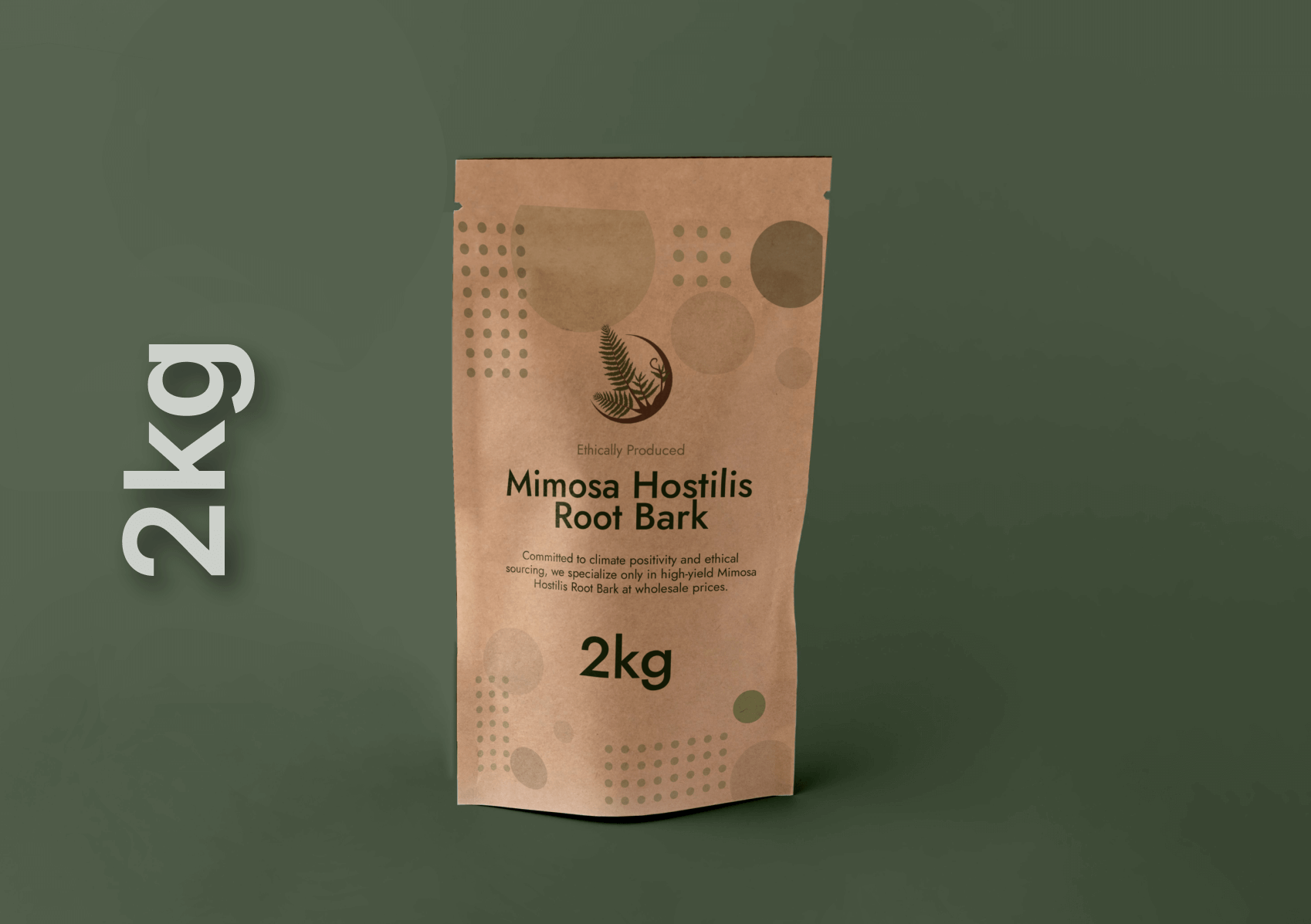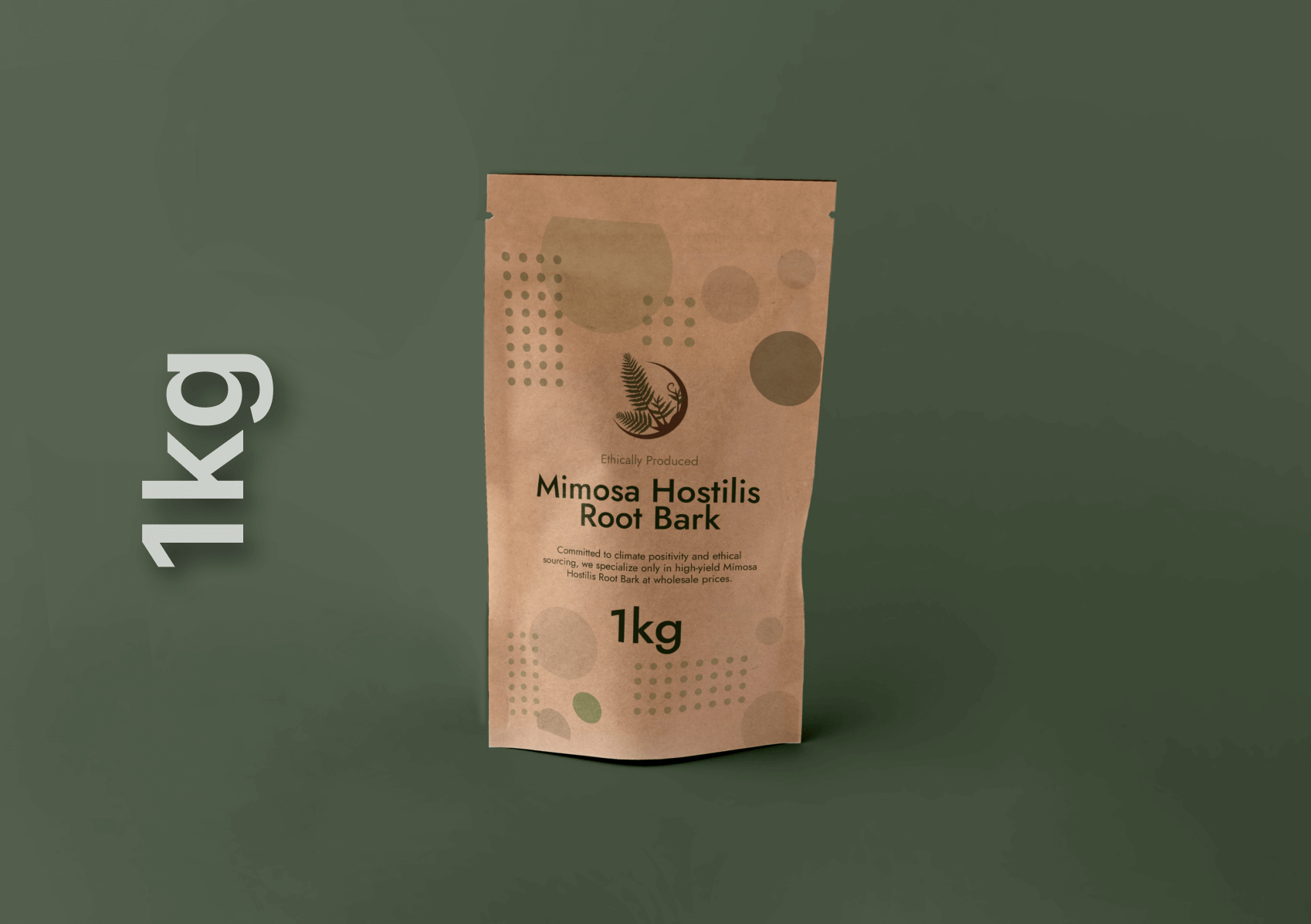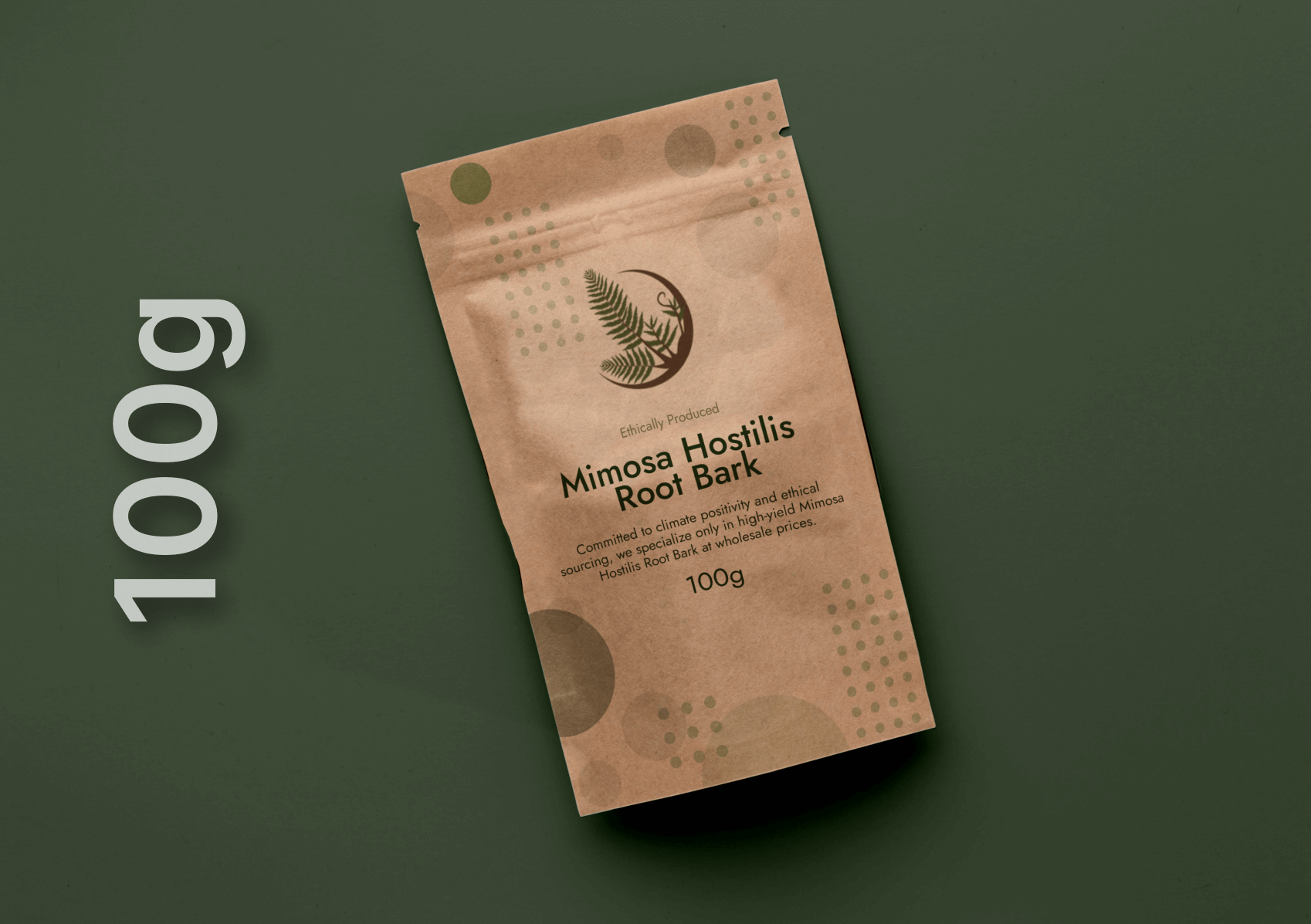Mimosa Hostilis, also known as Jurema Preta or Mimosa Tenuiflora, is a perennial shrub native to the northeastern region of Brazil and found in parts of Mexico and Central America. It’s renowned for its rich cultural history, medicinal properties, and unique botanical characteristics.
Historical and Cultural Significance
Mimosa Hostilis has been an integral part of indigenous traditions in South America, particularly among the indigenous tribes in Brazil. Historically, it has been used in religious ceremonies for its psychoactive properties. This has led to its use in spiritual practices for centuries, believed to aid in healing, divination, and communication with the spiritual world.
Botanical Characteristics
This shrub can grow up to 8 meters tall, characterized by its fern-like branches and delicate, fluffy pink flowers, which bloom from November to June. Its bark is dark brown and rich in tannins, making it resistant to fire and disease. The leaves of Mimosa Hostilis are compound, with small leaflets that close in the dark or when touched, a fascinating feature that adds to its allure.
Medicinal Properties
The medicinal properties of Mimosa Hostilis are widely recognized. The bark, especially the root bark, has been used for centuries in traditional medicine. It’s known for its antiseptic, analgesic, and regenerative properties. It’s often used in the treatment of skin burns and wounds, as it promotes faster healing and helps in the regeneration of skin. The bark extract is rich in antioxidants and has anti-inflammatory properties, making it beneficial for various skin conditions such as eczema and psoriasis.
Ecological Importance
Mimosa Hostilis plays a significant role in its native ecosystems. It helps in soil stabilization, especially in eroded areas, and contributes to the nitrogen fixation in the soil, enhancing fertility. This resilience and ecological role make it an important species in reforestation projects and in combating soil erosion.
Legal Status of MHRB
The legal status of MHRB varies by country, primarily due to its DMT content. In some regions, it’s controlled or banned, while in others, it’s legal for ornamental or medicinal use. There are growing concerns about the sustainability of wild harvesting Mimosa Hostilis, especially for its root bark. Overharvesting for commercial purposes poses a threat to its natural populations. Sustainable harvesting practices and cultivation are essential to preserve this species for future generations.
Conclusion
Mimosa Hostilis is a remarkable plant with a rich history, significant cultural value, and numerous medicinal benefits. Its unique characteristics and ecological importance make it a subject of interest for botanists, ethnobotanists, and those interested in traditional medicine. However, it’s crucial to approach its use and conservation with respect and awareness, considering its cultural significance and ecological role. As research continues, we may discover even more about this fascinating plant and its potential applications in various fields.
Further Reading and References
For those interested in learning more about Mimosa Hostilis, a wealth of information is available in ethnobotanical studies, cultural anthropology works, and botanical research papers. It’s also important to stay informed about the legal status and ethical considerations surrounding the use and trade of this plant.




